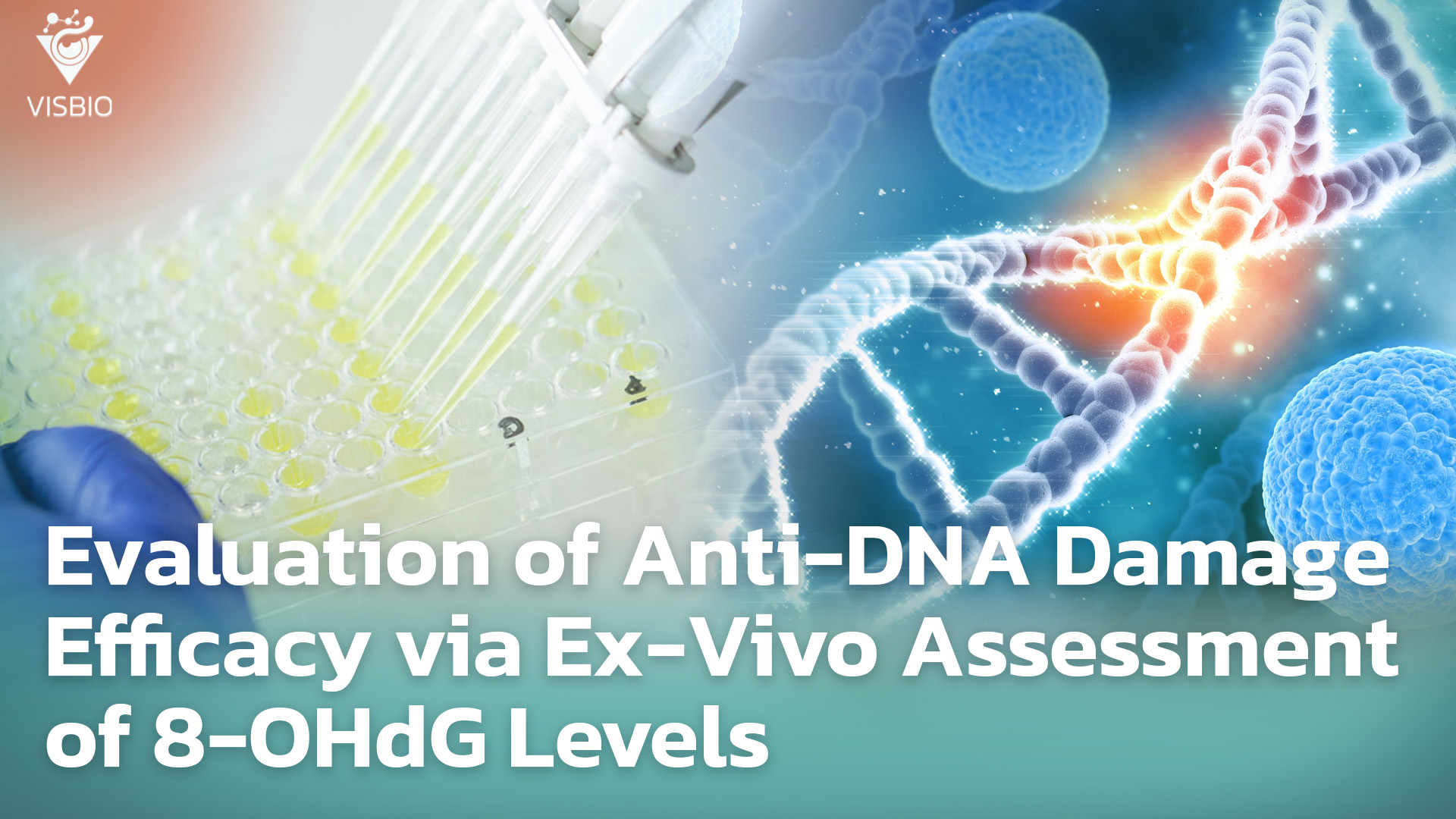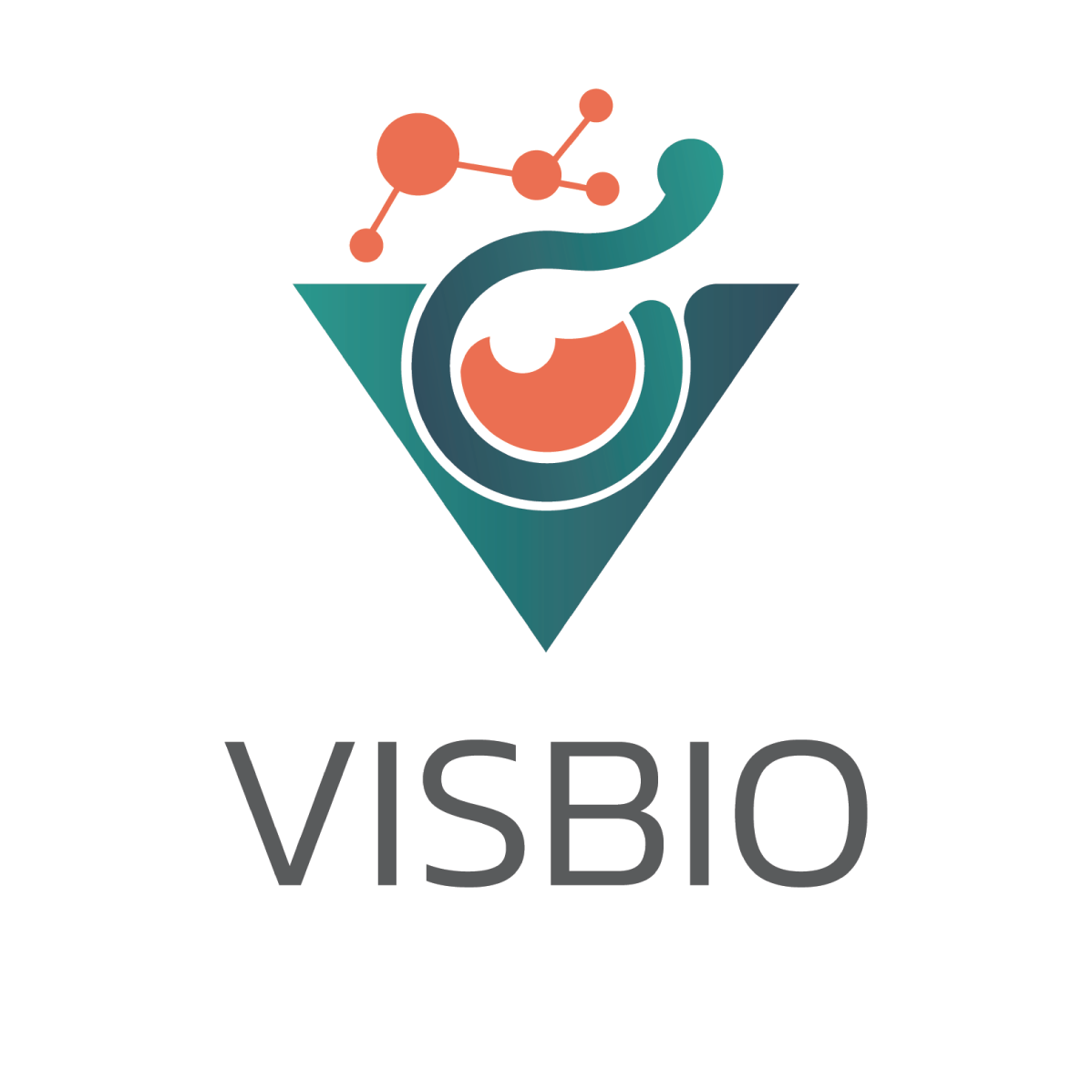
Evaluation of Anti-DNA Damage Efficacy via Ex-Vivo Assessment of 8-OHdG Levels
The efficacy of active ingredients and products in safeguarding the skin against various environmental aggressors, particularly DNA damage, necessitates reliable test models that closely mimic the in vivo conditions of human skin. Ex-vivo human skin explant testing has emerged as a pivotal tool within the dermatological and cosmetic sciences. Ex-vivo studies measuring 8-OHdG levels are of paramount importance in substantiating scientific claims regarding product attributes such as “DNA Protection,” “Anti-Pollution,” “Antioxidant Shield,” “Photo-Protective,” and “Anti-Aging” properties.
Skin Under Threat: Understanding DNA Damage and Protective Strategies
The skin, being the largest organ of the body, serves as the primary barrier against the external environment. However, it is constantly exposed to numerous threats that can induce damage to deoxyribonucleic acid (DNA), a crucial molecule governing cellular functions.
ผิวหนังภายใต้การคุกคาม: ความเข้าใจเรื่องความเสียหายต่อดีเอ็นเอและแนวทางการป้องกัน
ผิวหนังเป็นอวัยวะที่ใหญ่ที่สุดของร่างกาย ทำหน้าที่เป็นเกราะป้องกันด่านแรกจากสิ่งแวดล้อมภายนอก อย่างไรก็ตาม ผิวหนังต้องเผชิญกับปัจจัยคุกคามมากมายที่สามารถก่อให้เกิดความเสียหายต่อดีเอ็นเอ (DNA damage) ซึ่งเป็นโมเลกุลสำคัญที่ควบคุมการทำงานของเซลล์
Sources and Mechanisms of DNA Damage in the Skin
DNA damage in the skin can arise from a multitude of factors, both environmental and intrinsic to cellular processes:
- Ultraviolet Radiation (UVR): A principal environmental factor contributing to DNA damage.
- Ultraviolet B (UVB): Wavelength range of 280-315 nanometers (or 280-320 nanometers according to some definitions), capable of direct absorption by DNA, leading to the formation of abnormal linkages.
- Ultraviolet A (UVA): Wavelength range of 315-400 nanometers (or 320-400 nanometers according to some definitions), able to penetrate the skin more deeply than UVB and primarily inducing indirect DNA damage through the generation of reactive oxygen species (ROS).
- มลภาวะจากสิ่งแวดล้อม (Environmental Pollutants): สารมลพิษต่างๆ เช่น ฝุ่นละอองขนาดเล็ก (Particulate Matter – PM) และสารกลุ่ม Polycyclic Aromatic Hydrocarbons สามารถกระตุ้นให้เกิดความเครียดจากออกซิเดชัน (oxidative stress) และการอักเสบในผิวหนัง ซึ่งนำไปสู่ความเสียหายต่อดีเอ็นเอ และยังกระตุ้นการทำงานของเอนไซม์ Matrix Metalloproteinases โดยเฉพาะ MMP-1 ที่ย่อยสลายคอลลาเจน ทำให้ผิวเสื่อมสภาพก่อนวัย
- Environmental Pollutants: Various pollutants, such as particulate matter (PM) and polycyclic aromatic hydrocarbons, can trigger oxidative stress and inflammation in the skin, leading to DNA damage. They also stimulate the activity of matrix metalloproteinases, particularly MMP-1, which degrades collagen, contributing to premature skin aging.
- Reactive Oxygen Species (ROS): Unstable and highly reactive molecules generated by UV radiation, pollution, and intrinsic cellular metabolism. ROS can damage all major cellular macromolecules, including DNA, proteins, and lipids. DNA damage by ROS often results in oxidized bases, such as 8-OHdG. DNA damage and the subsequent loss of cellular function are significant contributors to oxidative stress.
- DNA Damage Response (DDR): Upon DNA damage, cells activate a complex defense mechanism known as the DNA Damage Response (DDR) to detect, signal, and repair DNA lesions. If the damage is extensive or the repair mechanisms are compromised, it can lead to mutations, cellular senescence, cell death, inflammation, and immune responses.
Anti-DNA Damage in Efficacy Testing
“DNA Protection” in the context of efficacy testing refers to the capacity of a test substance (e.g., active ingredient, cosmetic product, or pharmaceutical product) to prevent or reduce the level of DNA damage induced by various stressors, such as UV radiation or pollution. This protective mechanism can occur through several pathways:
- UV Filtration or Blocking: Preventing UV radiation from directly accessing the DNA within cells.
- Antioxidant Activity: Scavenging or neutralizing reactive oxygen species (ROS) before they can damage DNA.
- Enhancement of Intracellular Antioxidant Systems: Augmenting the skin’s natural defense capabilities.
- Support of DNA Repair Mechanisms: Facilitating more efficient repair of incurred DNA lesions by cells.
- Anti-Inflammatory Activity: Mitigating inflammation that can exacerbate DNA damage.
Anti-DNA Damage is a measurable outcome (e.g., reduced 8-OHdG levels) that demonstrates the efficacy of a test substance in counteracting DNA damage (particularly oxidative damage). While factors such as UVB, UVA, and pollution may have distinct primary mechanisms of DNA damage, synergistic effects exist; for instance, both UV radiation and pollution can stimulate ROS generation, leading to oxidative DNA damage (e.g., the formation of 8-OHdG). True DNA protection in biological systems is not limited to preventing initial lesions but also encompasses the cell’s ability to manage and repair damage.
8-OHdG: A Biomarker for Oxidative DNA Damage
Among the various biomarkers employed in the assessment of DNA damage, 8-hydroxy-2′-deoxyguanosine (8-OHdG) has been widely recognized as a key indicator of DNA damage resulting from oxidative processes (oxidative DNA damage), a significant mechanism implicated in skin aging and various diseases.
8-OHdG arises from a chemical alteration known as oxidation of deoxyguanosine, a nucleoside constituting a fundamental component of DNA. This modification occurs when the guanine base in DNA is attacked by free radicals, particularly the hydroxyl radical (OH∙). 8-OHdG is considered one of the most prevalent oxidative lesions generated by free radicals and is found in DNA within both the nucleus and mitochondria. Critically, 8-OHdG serves as a reliable biomarker for evaluating oxidative stress and its impact on DNA.
Pivotal Role in Indicating Oxidative Stress
Elevated levels of 8-OHdG in DNA, bodily fluids, or tissues serve as a clear indication of heightened oxidative stress and consequent DNA damage. Consequently, 8-OHdG is extensively utilized as a biomarker in assessing the risk and progression of conditions associated with oxidative stress, such as cancer, neurodegenerative diseases, and inflammatory conditions.
In the context of the skin, the formation of 8-OHdG is correlated with exposure to UV radiation (particularly UVA via ROS generation mechanisms) and pollution. Studies have reported an increase in the frequency of 8-OHdG in human skin with cumulative sun exposure. Research has demonstrated that UV light can significantly enhance the formation of 8-OHdG in DNA, underscoring its role as a “critical biomarker of oxidative stress and carcinogenesis.”
Evaluation of Anti-DNA Damage using Ex-Vivo Model measured by 8-OHdG: Suitable Examples for Testing
DNA in skin cells can be damaged by various external factors, particularly UV radiation from the sun and pollution. DNA damage can lead to skin aging, wrinkles, and increased risk of skin cancer. Evaluating the effectiveness of products in preventing or repairing DNA damage is therefore critically important.
8-OHdG (8-hydroxy-2′-deoxyguanosine) is a widely used biomarker to measure oxidative DNA damage caused by free radicals. When DNA is damaged, cells attempt to repair it, and excised 8-OHdG can be measured. Measuring 8-OHdG levels in an Ex-Vivo Human Skin Model exposed to damaging agents (e.g., UV radiation) helps assess the ability of test substances to reduce or prevent this damage in tissue that closely resembles actual human skin.
Examples of Products, Active Ingredients, and Medicines (for Tropical Use) Suitable for This Testing:
1.Products:
- Sunscreens: While sunscreens provide primary protection, this test can evaluate the efficacy of additional ingredients with direct DNA protective/repair properties.
- Skincare products with high antioxidants: Serums or creams containing Vitamin C, Vitamin E, or plant extracts known for high antioxidant activity.
- Nighttime skin repair products: Often contain ingredients that support cellular repair processes during the night.
2.Active Ingredients:
- Antioxidants: Such as derivatives of Vitamins C and E, Ferulic Acid, polyphenol-rich tropical plant extracts (e.g., from mangosteen, pomegranate), which help protect DNA from free radical damage.
- DNA Repair Enzymes: Some can be applied topically to supplement the skin’s natural DNA repair mechanisms, such as Photolyase, Endonuclease.
- Marine/Algae Extracts: Some possess properties that protect cells from UV radiation and reduce DNA damage.
3.Topical Medicine
Literature:
- Pfeifer, G. P. (2020). Mechanisms of UV-induced mutations and skin cancer. Genome Instability & Disease, 1(3), 99-113.
- Mireles-Canales, M. P., González-Chávez, S. A., Quiñonez-Flores, C. M., León-López, E. A., & Pacheco-Tena, C. (2018). DNA Damage and Deficiencies in the Mechanisms of Its Repair: Implications in the Pathogenesis of Systemic Lupus Erythematosus. Journal of Immunology Research, 2018, 8214379.
- Namchantra, K., Wongwanakul, R., & Klinngam, W. (2025). Effects of Culture Medium-Based and Topical Anti-Pollution Treatments on PM-Induced Skin Damage Using a Human Ex Vivo Model. Cosmetics, 12(2), 64.
- Valavanidis, A., Vlachogianni, T., & Fiotakis, C. (2009). 8-hydroxy-2′-deoxyguanosine (8-OHdG): A critical biomarker of oxidative stress and carcinogenesis. Journal of Environmental Science and Health, Part C, 27(2), 120-139.
- Goriuc, A., Cojocaru, K.-A., Luchian, I., Ursu, R.-G., Butnaru, O., & Foia, L. (2024). Using 8-Hydroxy-2′-Deoxiguanosine (8-OHdG) as a Reliable Biomarker for Assessing Periodontal Disease Associated with Diabetes. International Journal of Molecular Sciences, 25(3), 1425.

